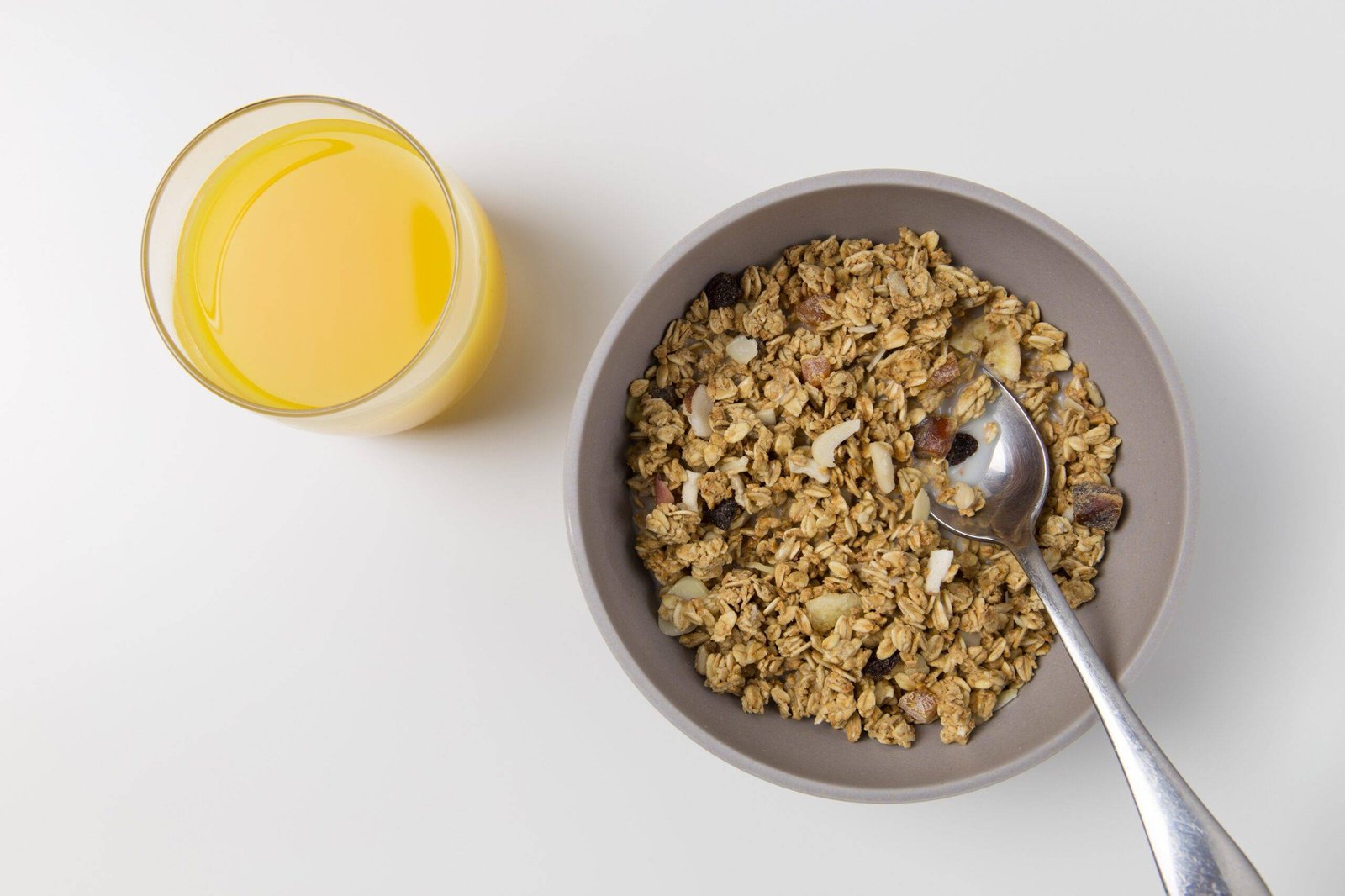
Phytic acid, also known as inositol hexaphosphate (IP6) or phytate when in salt form, naturally occurs in various plant-based foods, including oats. It has gained attention for its potential health benefits and concerns regarding nutrient absorption. In this article, we’ll delve into the role of phytic acid in oats and its implications for health.
The Presence of Phytic Acid in Oats
Predominantly located in the outer bran layer of oats, phytic acid is often removed during processing to produce refined oat products. Consequently, whole oat products like steel-cut oats and old-fashioned rolled oats contain higher levels of phytic acid than their refined counterparts, such as instant oats.
Health Benefits of Phytic Acid in Oats:
- Antioxidant Properties: Phytic acid is an antioxidant, which means it can help combat oxidative stress and reduce the risk of chronic diseases.
- Mineral Chelation: While often considered a drawback, phytic acid’s ability to bind to minerals like iron, zinc, and calcium can have both positive and negative effects. On one hand, it can help prevent the formation of harmful free radicals in the digestive tract. On the other hand, excessive phytic acid intake might hinder the absorption of essential minerals.
Concerns Surrounding Phytic Acid in Oats:
- Mineral Absorption Inhibition: Phytic acid’s affinity for minerals can lead to concerns about reduced mineral absorption when consumed in large quantities. It may interfere with the body’s ability to absorb minerals like iron, zinc, and calcium, particularly in individuals with already compromised nutrient status.
- Nutritional Implications: The presence of phytic acid in oats can impact the bioavailability of essential minerals, potentially leading to mineral deficiencies if oats are a primary dietary staple, especially in populations with limited access to diverse food sources.
Mitigating Phytic Acid’s Impact in Oats:
- Processing: Soaking, sprouting, or fermenting oats can reduce phytic acid content, as traditional food preparation methods often do.
- Balanced Diet: A well-balanced diet with diverse nutrient-rich foods can counter potential negative effects of phytic acid, especially for those with specific nutritional concerns.
- Moderation: While phytic acid is generally considered healthy in oats, moderation is important. A varied diet ensures a balanced mineral intake, reducing potential nutrient absorption issues.
- Gut Health: Research suggests phytic acid may benefit gut health by promoting beneficial bacteria growth, potentially balancing out mineral absorption concerns.
Conclusion: The Oat and Phytic Acid Balance
Oats are a versatile and nutritious grain that contains phytic acid, a compound with potential concerns related to mineral absorption. However, the overall nutritional benefits of oats, including fiber, vitamins, and antioxidants, often outweigh these concerns in a balanced diet. For those with specific dietary needs or mineral absorption concerns, consulting a healthcare provider or nutritionist is advisable to create a tailored dietary plan while enjoying the health benefits of oats.
Exploring the Mediterranean Diet: Your Journey to Weight Loss and Wellness




